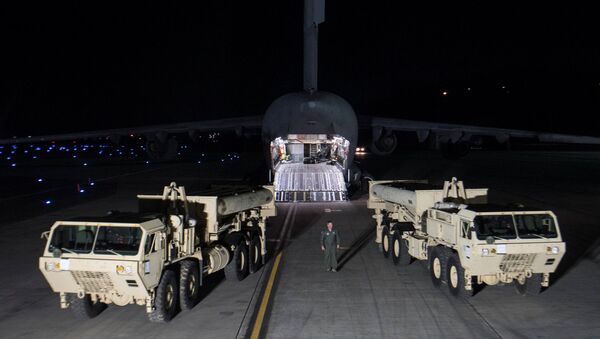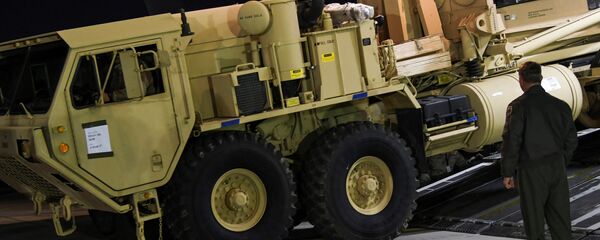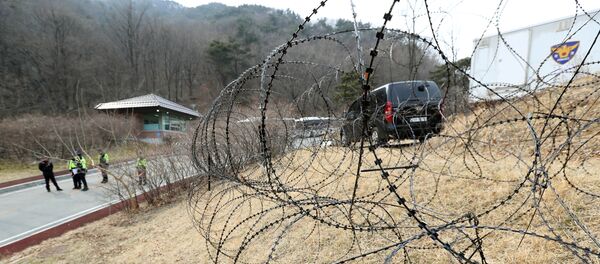Korean women were forced to the war front to serve the Imperial Japanese Army as sexual slaves, called “comfort women,” and this soured relations between the two countries for many decades.
It wasn’t until 2015 that Japan finally acknowledged its “profound responsibility” for the sexual exploitation of Korean women during the Second World War and offered financial compensations to the victims.
“Still, painful memories of the colonial past lingered on and it is all the more surprising that, as a result of the spat with Beijing over the proposed deployment of US missiles in South Korea, South Koreans now see China as even a less friendly country than Japan,” Andrei Karneyev said.
Seoul earlier complained to the World Trade Organization about the economic hurdles and pressure South Korean companies have to deal with when working in China. Seoul claims Beijing is retaliating economically over its deployment of a US anti-missile defense system.
“In any case, it is now clear that relations between South Korea and China, which until recently were looking up, have been badly hit by Seoul’s decision to deploy THAAD. In China people are protesting outside South Korean shopping centers and during a recent cruise, patriotically-minded Chinese tourists refused to go ashore at a South Korean port,” Karneyev continued.
Meanwhile, China’s rating in South Korea has plunged from 4.31 in January to just 3.21 in March, which is even less than what China fared with 3.33.
“Sport has not been spared either with the South China Morning Post writing about the unprecedented security measures taken by the Chinese authorities ahead of Thursday’s tense 2018 World Cup qualifier against South Korea in Changsha,” Andrei Karneyev added.
Last week, the United States announced the deployment of THAAD anti-ballistic missile elements in South Korea.
Seoul and Washington first agreed to deploy THAAD in July 2016 amid South Korea’s growing unease about the nuclear program of North Korea, which fired four ballistic missiles on March 6.
The system is designed to intercept short, medium and intermediate ballistic missiles at the terminal incoming stage.
A THAAD battery consists of six truck-mounted launchers, 48 interceptors, a mobile control and communications center and an AN/TPY-2 radar.
Never miss a story again — sign up to our Telegram channel and we'll keep you up to speed!




